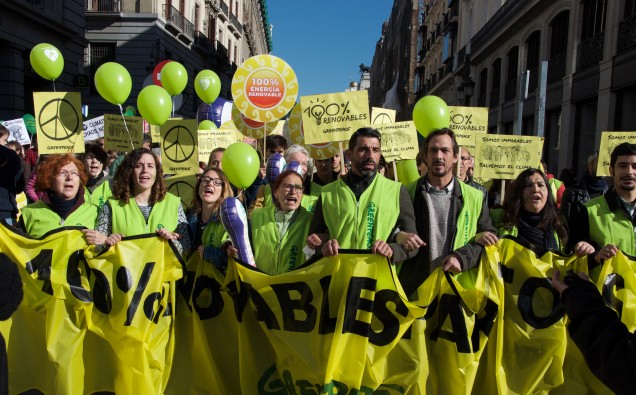
A globally agreed accord on reducing emissions of potent chemicals used in air conditioners and refrigerators is raising expectations that it it could help prevent up to 0.5 degrees Celsius of global warming by the end of this century.
Global warming has set off wide-ranging implications in several parts around the world, contributing to natural disasters and setting back economic growth.
Meeting in the Rwandan capital of Kigali, around 200 countries reached agreement on an amendment to the Montreal Protocol on Substances that Deplete the Ozone Layer.
Hailing the accord, the United Nations Environment Programme (UNEP) hsd called it the single largest contribution the world has made towards keeping the global temperature rise “well below” 2 degrees Celsius, a target agreed at the Paris climate conference last year.
The deal, to curb hydrofluorocarbons (HFCs), comes amid a flurry of climate-related action as just last week, two key events occurred: Member States of the UN civil aviation agency, known as ICAO, agreed on a new standard to control global greenhouse gas emissions from international airline flights; and the Paris Agreement on climate change cleared the final threshold of 55 countries representing 55 per cent of global emissions required for the accord to enter into effect, now set for early November.
“This is about much more than the ozone layer and HFCs. It is a clear statement by all world leaders that the green transformation started in Paris is irreversible and unstoppable. It shows the best investments are those in clean, efficient technologies,” said UNEP Executive Director Erik Solheim, in a news release.
Used commonly in refrigeration and air conditioning as substitutes for ozone-depleting substances, HFCs are currently the world’s fastest growing greenhouse gases, their emissions increasing by up to 10 per cent each year, UNEP said. They are also one of the most powerful, trapping thousands of times more heat in the Earth’s atmosphere than carbon dioxide (CO2).
The UN says the rapid growth of HFCs in recent years has been driven by a growing demand for cooling, particularly in developing countries with a fast-expanding middle class and hot climates. The Kigali amendment provides for exemptions for countries with high ambient temperatures to phase down HFCs at a slower pace, according to UNEP.















